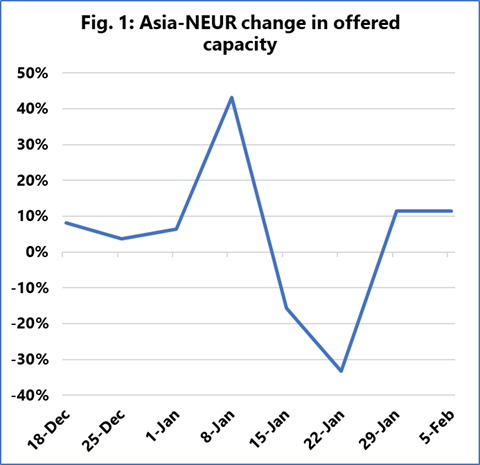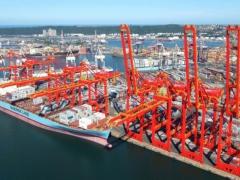While the Red Sea crisis is causing major challenges for shipping lines, with carriers’ networks extremely volatile and prone to quick changes, analysts have pointed out that in the context of what supply chains had to endure during the pandemic, it would be inappropriate to call it a disaster.
“From a shipper perspective, the transit times will clearly increase with the round of Africa routing,” says Alan Murphy, CEO of Sea-Intelligence. “It will be a bit more than a week longer from Asia to North Europe, and up to two weeks longer into the Mediterranean. While this is certainly a serious problem for many shippers, we should keep in mind that these disruptions are in no way near to the ones caused during the pandemic.”
He points out that the current capacity outlook is fraught with a high degree of uncertainty. “However, the present data shows that the shippers could expect a capacity crunch for Asian exports in the coming weeks.

“On Asia-North Europe, the impact is quite visible, due to a combination of some services being held back in departure from Asia in the short-term awaiting rerouting, and some services arriving late into Asia, thereby causing a rapid shortfall in the middle weeks of January, with a steep capacity drop now expected for the week of January 22nd. The seeming capacity spike in late December/early January is more a result of origin delays and should be given less attention. A similar trend is seen on both Asia-Mediterranean and Asia-North America East Coast, but a week earlier.”













